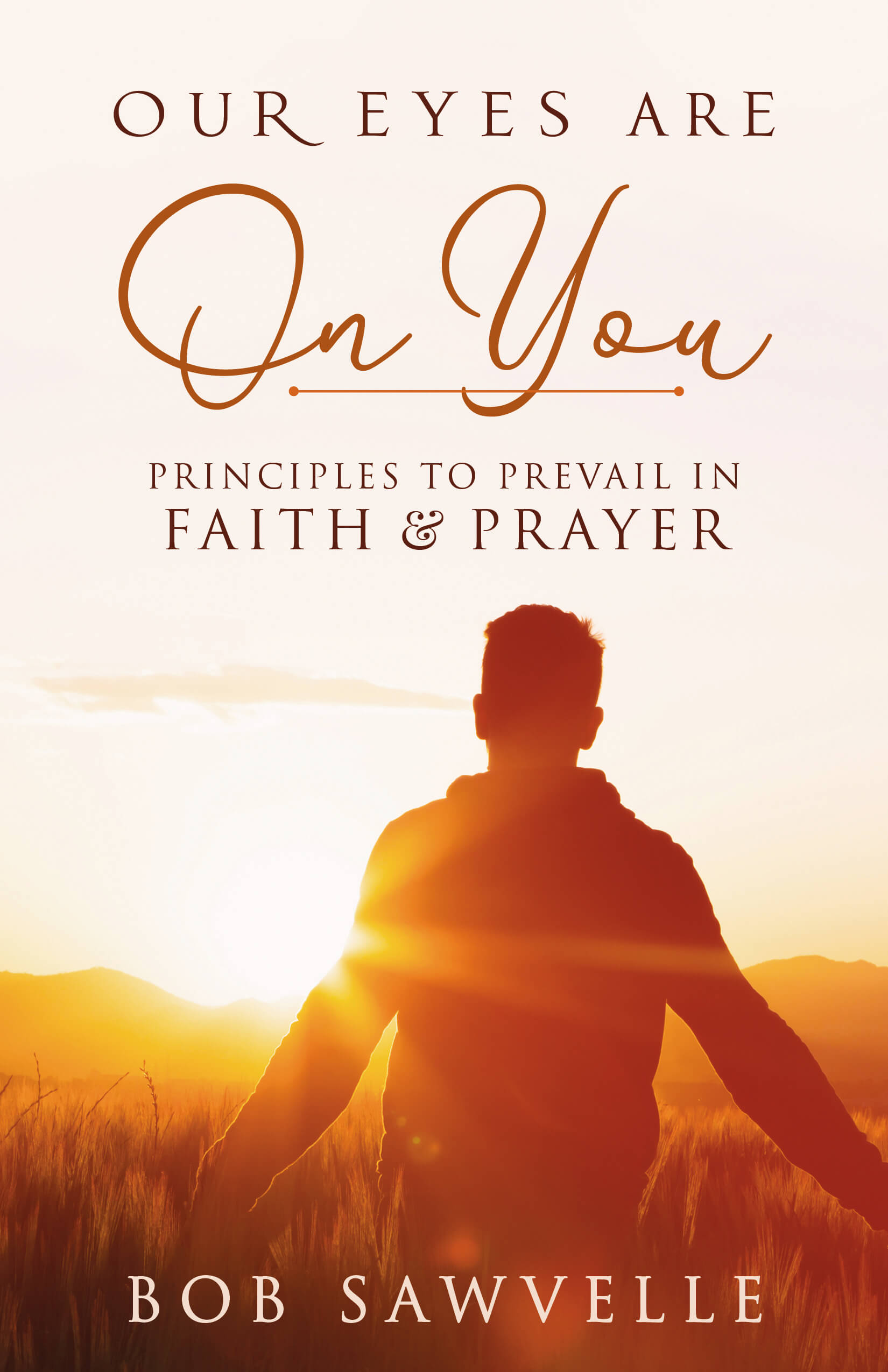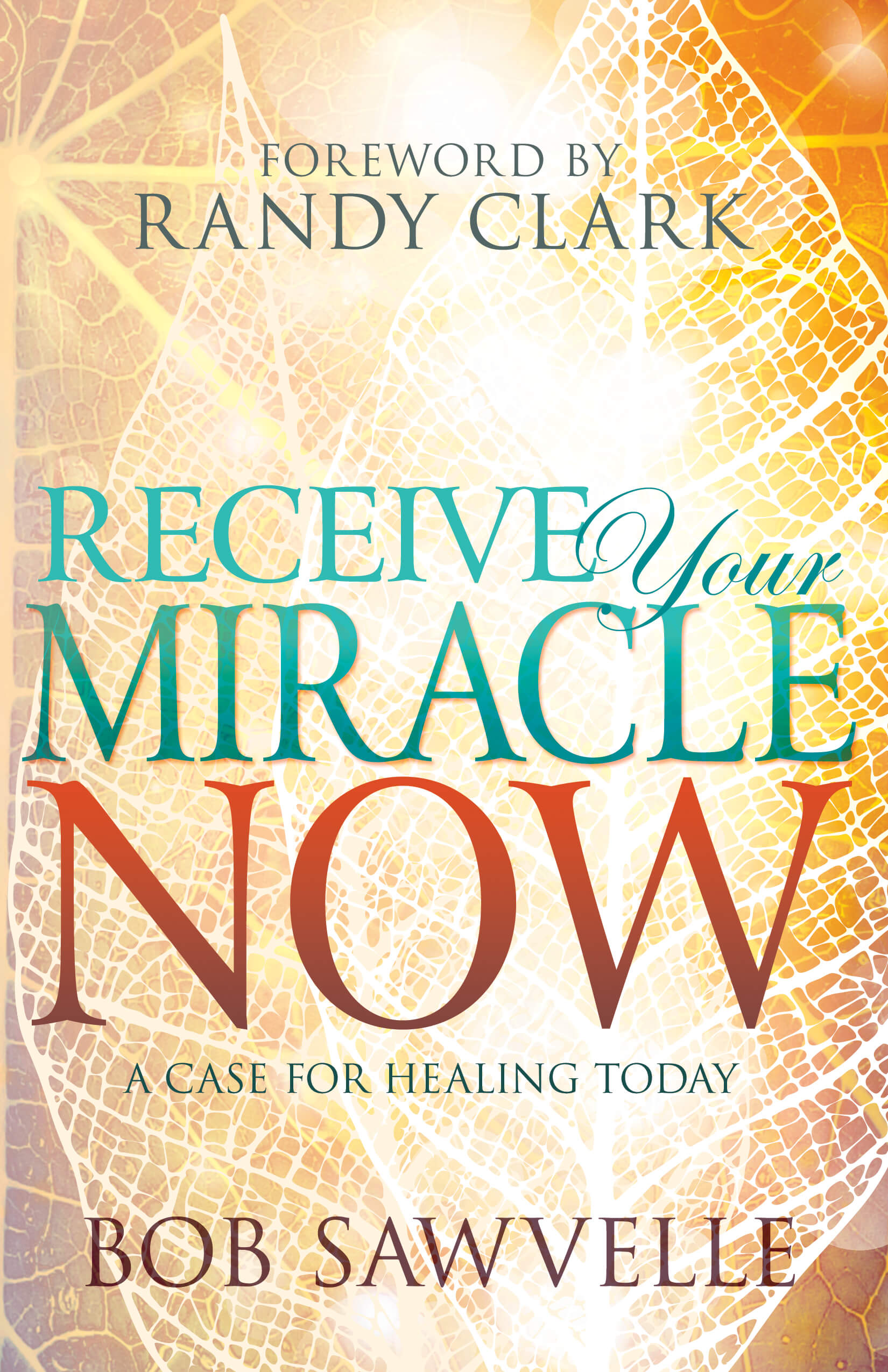
As we begin our part three study of the Gospel of Mark, think about freedom for a moment. As I write this blog, tomorrow is the 4th of July. A national holiday in the USA and a time to reflect on the value of freedom that our forefathers gave us.
As wonderful as our American liberties are, our freedom in Christ is vastly superior, “For He rescued us from the domain of darkness, and transferred us to the kingdom of His Beloved Son” (Col. 1:13 NASB). Truly, whom the son sets free, is free indeed!
Mark’s gospel vividly displays the power of the kingdom of God to deliver humanity from the grip of evil. In fact, the first recorded display of God’s power in Mark is freeing someone from demonic oppression. Eventually, Jesus trains a few disciples to change the course of history. Their mandate includes healing the sick and freeing the oppressed—the freedom of Christ is available to all, but someone must reach them with the freedom that only Jesus can give.
Discipleship Positions us to Liberate Others
Like the four fishermen called to follow Jesus in Mark 1:16-20, Mark’s gospel invites readers of all ages to likewise abandon all and follow Jesus without reservation.
One must count the cost to follow Jesus and be able to let go of anything that would hinder full obedience to Him. Complete obedience distinguishes between “would-be disciples” and true followers of Christ. Jesus taught that unless we pick up His cross and follow Him, we couldn’t be His disciples.
A literal translation of “Come follow Me” is “Here, behind Me,” directly in line with Me. Jesus is the deciding factor, not just His persuasive words. They were not to be passive followers, but “fishers of men.”
Jesus used a didactic model of discipleship used by Rabbis of that time. The students were trained to be able to replicate in word AND deed the teaching and practice of the master they followed. In other words, Jesus command to preach the gospel included the demonstration of the kingdom with healing, deliverance, and miracles. Normal discipleship with Jesus should be supernatural in nature.
Discipleship is more than just character formation. Godly character is essential, but only one side of the “coin of discipleship.” The other side includes a disciple’s ability to replicate the ministry and model that Jesus taught and imparted to those early disciples. Despite poor theology refuting the use of sign gifts today, the model of discipleship that Jesus taught hasn’t changed—healing and deliverance confirm the gospel of the kingdom of God. We pervert the model of discipleship that Jesus demonstrated when we remove the demonstration of the kingdom in our proclamation of the gospel.
There is a cost to discipleship that is greater than what most have understood or pursued. Spirit-empowered ministry, ministry that impacts people and society, is tied closely to one’s ability to be a true follower of Jesus.
Freedom is Discovered in God’s Kingdom
In Mark 1:14-15, Jesus is preaching about the gospel of the kingdom of God, which is the good news of God’s rule “breaking in” upon them—now! The time of fulfillment had come. Jesus announcement that the kingdom is near, suggests both a present and a future quality—like a sunrise below the horizon. The kingdom is already present, embodied in Jesus’ own person.
The prayer Jesus taught in Matt. and Luke, provide the most concise interpretation of the meaning of the kingdom of God: “Your kingdom come, your will be done, on earth as it is in heaven” (Matt. 6:10).
The kingdom of God is wherever God’s will is done, which already takes place fully in heaven but begins on earth in every heart that surrenders to Him. The arrival of the kingdom calls for a twofold response: to repent, and believe in the gospel. His resurrection demonstrates the superiority of God’s kingdom over the kingdom of darkness.
Every healing and deliverance demonstrated the present reality of God’s kingdom, and they prefigure his definitive victory over sin and Satan. Signs of the Kingdom are to be believed and pursued today—confirm the Kingdom.
Theme of Healing and Deliverance Emerges
In Mark 1:21-34, we read that the call of the first disciples is followed by Jesus’s first miraculous work, a deliverance or exorcism. Through this act, Jesus is demonstrating the announcement that the “kingdom of God was near.” This theme continued with Peter’s mother-in-law being healed.
To recap, Jesus enters the synagogue and teaches. They are astounded with His teaching—for He is speaking not from opinion, but from revelation, and by the anointing of the Holy Spirit upon His life. Secondly, Jesus teaching has authority because it exposes the demonic so that it can be expelled. Jesus commands the spirit to leave the man, it convulses him and leaves. The crowd is astonished and His fame spreads.
Jesus teaching is “new doctrine” to them because they never heard it before AND because it has the power to accomplish what it communicates (Isaiah 55:11) God’s word shall accomplish what He desires. By the way, demons and unclean spirit are synonymous terms (the origin of demons isn’t that important, most believe they are fallen angels—they are, however, defeated entities through the victory of Christ and “illegal squatters” afflicting humanity). Because Jesus came to destroy the works of Satan (1 John 3:8), casting out demons was a central aspect of His public ministry AND continues today through disciples who understand their authority in Christ (Matt. 28:18-20).
The first exorcism is followed by the first physical healing (Mark 1:29-34)
After the synagogue service, Jesus enters the house of Peter and Andrew. Notice how Jesus, after the disciples committed their lives to His life and destiny, He shows intimate concern of their family life.
By the way, family is extremely important to God. God’s desire is that families help “disciple” each other through consistent bible reading, prayer, and worship together. Parents, cultivate this in your families and daily routine. Train your children in a “kingdom discipleship model!”
The severity of her illness is demonstrated by her inability to serve honored guests—perhaps she had malaria. Jesus raises her up— the same word used for His resurrection (Mark 16:6). She begins to serve (diakoneo) deacon derived from this. Encounter …
The Whole City was at Their Door (Mark 1:32-34)
These first two demonstrations of God’s kingdom in action elevate Jesus as a public figure and draw a crowd. Not just a crowd, but the entire city shows up at the home of Peter and Andrew to receive healing and deliverance. Imagine if our churches became known as a place where Jesus is, complete with healing and deliverance as the norm? Perhaps cities would be impacted through the church?!
Mark records that the people wait until after sundown on the Sabbath, to seek Jesus for healing and freedom (on the Sabbath, the Jews were forbidden to do any work, including healing). Jesus responds without any reproach—He simply demonstrates God’s love and compassion for the people. He healed, “many who were sick.” The word “many” does not imply that some were not healed, but simply that a large number were involved that night.
In Mark 1:34 we read, “Then He healed many…” Healed is from the Greek therapeúō, which means to “cure” and to “care for the sick.” Therapeúō is the root of the English word therapy and often implies treating or taking care of the sick. The implication is that Jesus may have spent time ministering tenderly to those who were sick.
For Mark, healing and deliverance are central components to the ministry of Jesus. They serve as His audio-visual aids, making the presence of the kingdom real and perceptible. They are inseparable from the proclamation of the gospel, for both Jesus and the disciples (Mk 3:14-15; 6:12-13; 16:17-18).
The Thread of Healing in the Gospels
Jesus intended that this discipleship model would be replicated in every generation. It is wrong to reduce discipleship to just character formation. Jesus’ model of discipleship included proclamation of the gospel in power! Mark’s gospel demonstrates that believers empowered by the Holy Spirit can and should expect to heal the sick and deliver the oppressed.
According to Ron Pagel, in A Healing Journey, “out of the 3,779 verses in the four gospels, 727 (or about 19%) relate specifically to the healing of the physical and mental illness and the resurrection of the dead.”[1] One can conclude then the Gospels are not just focused on healing, but the Gospels would not be complete without the testimonies of Jesus healing the sick and delivering the oppressed. Deliverance and healing demonstrated the truth of the Kingdom of God, but it also brought hope to the people. God cared! It demonstrated God’s love and compassion—and these ministries still demonstrate God’s love and compassion to the afflicted today!
For those who were tormented by demonic spirits, Jesus set them free. (Mk 1:21-28, Lk 4:31-37) One also reads stories where multitudes would follow Jesus, and he would take the time to heal all who were sick and tormented by unclean spirits. (Mt 12:15-21, Mk 3:7-12, Lk 6:17-19)
The people at times desperately wanted Jesus’ healing touch. Luke records the reaction of the people, “And all in the crowd were trying to touch him, for power came out from him and healed all of them.” (Lk 6:19)
Jesus also healed those who were not in his immediate presence. While Jesus was traveling into Capernaum, a centurion came to him asking for his servant to be healed. Jesus said he would go to the house, but the centurion stopped him. He said he understood the authority Jesus had and knew all Jesus had to do was speak the word. Jesus said he was amazed at this man’s faith and instructed him to return home to find his servant well, and it was as Jesus said. (Mt 8:5-13, Lk 7:1-10)
For those who were on their death beds, Jesus brought life to them. Several stories are found in the Gospels of Jesus raising people from the dead. Jesus comes upon a funeral possession and immediately has compassion for the mother of the dead young man. Jesus walks to the bier, commands the young man to rise, and life reenters the dead body. He then sits up and begins talking. (Lk 7:11-17) Then Jesus brings life to the young daughter of Jairus who had died. (Lk 8:41, 42, 49-55)
One also reads the account of Jesus raising Lazarus from the dead. Being dead for three days and already buried in the tomb, Jesus walks up to the entrance and calls for Lazarus to come forth—God’s power resurrects Lazarus! His decomposing body filled with life! (Jn 11:38-44)
So, why did Jesus heal?
It was part of his three-fold ministry, Matt. 9:35 CEB, “Jesus traveled among all the cities and villages, teaching in their synagogues, announcing the good news of the kingdom, and healing every disease and every sickness.” Teaching, preaching, and healing the sick. Combined, these three facets of His ministry encapsulated the proclamation of the gospel of the kingdom of God.
He also healed because healing demonstrates God’s love and compassion for humanity, Mt 9:36 CEB “Now when Jesus saw the crowds, he had compassion for them because they were troubled and helpless, like sheep without a shepherd.” Jesus wanted to see the people set free from the force of darkness. He accomplished that by teaching, preaching, and healing undergirded by love and compassion.
In 1 John 3:8, it is written that Jesus came to “destroy the works of the devil.” Since sickness is rooted in the kingdom of darkness, healing would be a way of destroying the enemy’s plans. Healing would take the focus from the kingdom of darkness and turn it toward the kingdom of God—it points the person toward the kingdom of God.
He himself said “cure the sick who are there, and say to them, ‘The kingdom of God has come near to you.’” (Lk 10:9) When the kingdom of God comes near a person, they experience the shalom peace of God in all areas—spiritual, emotional, and physical.
Jesus healed to see the people set free from the oppression of the enemy. Indeed, throughout His ministry it becomes evident that the “foreign occupation” of sin, Satan, disease, and death are being overthrown.

[1] Ron P. Pagel, A Healing Journey (Xulon Press, 2010), 104.
For a more in-depth look at this topic, be sure to watch The Book of Mark, Part 3, from Passion Church:






